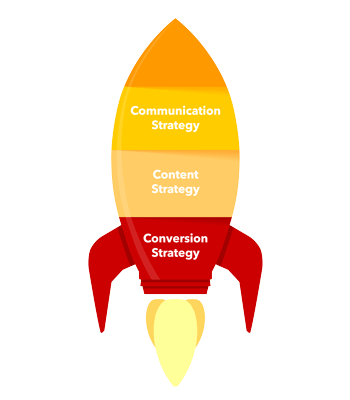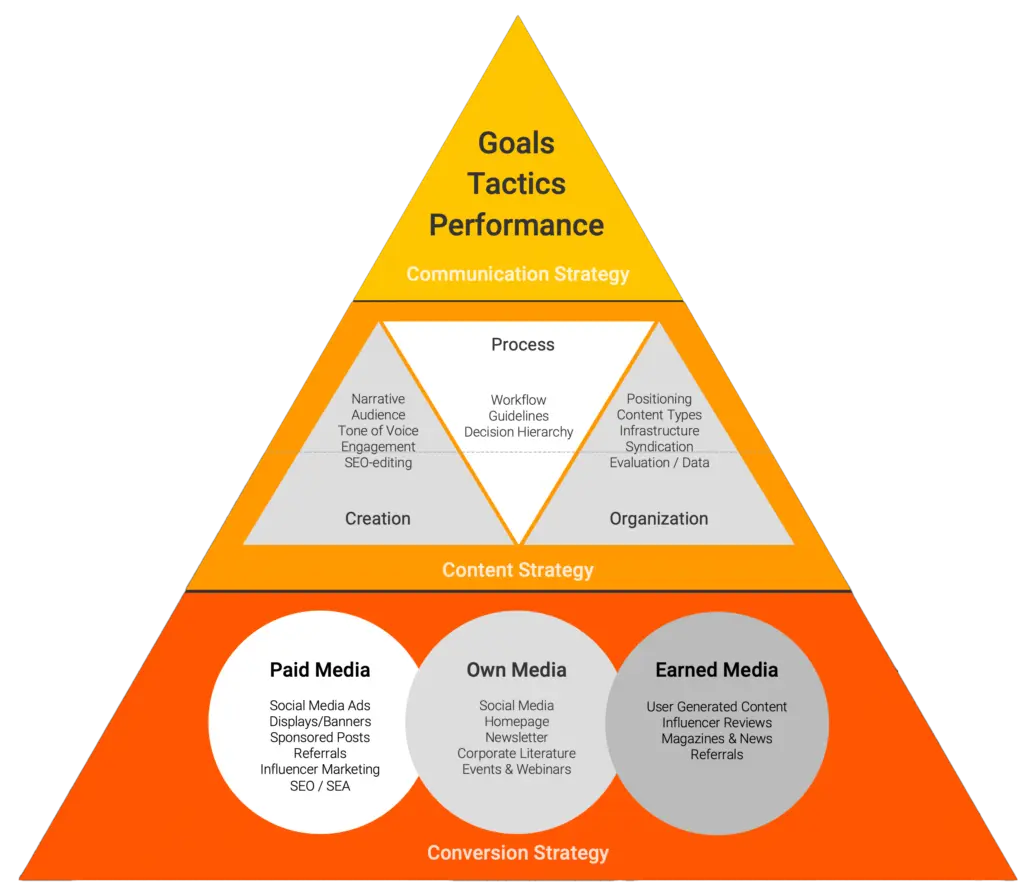We live in an attitude-driven culture, due to social media and everyone’s opportunity to have their 15 minutes of fame with one spectacular post that goes viral. With everyone being a publisher, conventional sources of information have lost ground in recent years.
The regime of fake news, victimisation by professional trolls, and authorities’ failure to protect people from hate speech and cybercrime all come at a hefty price. Trust in governments, the press, and institutions plummeted dramatically in almost every part of the so-called Western world.
No, you do not have to believe me on this one. Since the year 2000, Edelman has published the Trust Barometer every year. So, don’t believe me; go figure!
On the other hand, this is an opportunity for organisations and businesses to engage with their audience and create communities that allow their members to forge trusting relationships with one another as well as with the brand that hosts and runs this community. It is a one-of-a-kind opportunity to incorporate your brand into the daily lives of your audience, beyond products and services. Don’t miss it.
Is content still king?

No doubt, content is king, all right! But compelling content alone does not do the trick. As much as a good story is key to winning the audience’s eye, it is the context that wins the brain. It provides facts, delivers relevance, and presents examples that allow us to relate to the message within the story and remember it as something interesting and possibly beneficial.
It is the triad of compelling content, complementary context, and clever conversion that are the cornerstones of today’s communication strategy. And actually, that is good news. Digital transformation took care of media convergence, and today we own all the necessary tools to make sure of presenting the right story at the right moment to the right people. Sure, you need to develop a strategy, put some money into content, and hire some smart people to manage it. But that’s doable, right?
SPEECH BELONGS HALF TO THE SPEAKER
Michel de Montaigne, Philosopher
AND HALF TO THE LISTENER.
The true purpose of communication is not to just state your views but to establish a connection with the listeners and initiate a conversation. Behaving in a trustworthy, credible, and reliable manner is essential for establishing relationships and as a consequence potentially a community of followers, friends and (brand) advocates.
If you need trust to succeed, it all begins with being seen as someone worth talking to.
The Strategy Triad
That is the true issue of corporate communications: moving away from the brand’s desire to spread its news and towards establishing a constant search for the audience’s needs, desires, and expectations. In other words, in addition to a well-thought-out strategy, your communications team must have a feedback loop in place that provides insight and inspiration for constantly improving storylines, distribution channels, and community management.

Some experts say you cannot buy engagement. Well, in a narrower sense that may be true. However, you can increase your chances by investing in paid media and public relations tactics that create opportunities to get in touch with your audience and start a conversation. At the end of the day, what you are looking for is what I call the strategy triad, a smart mix of communication, content and conversion strategy.